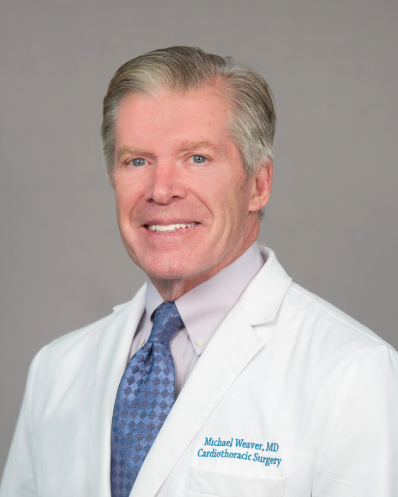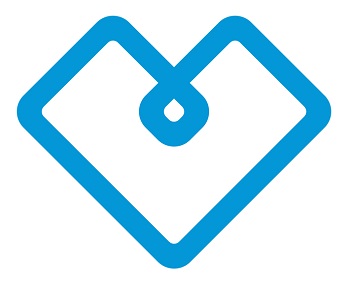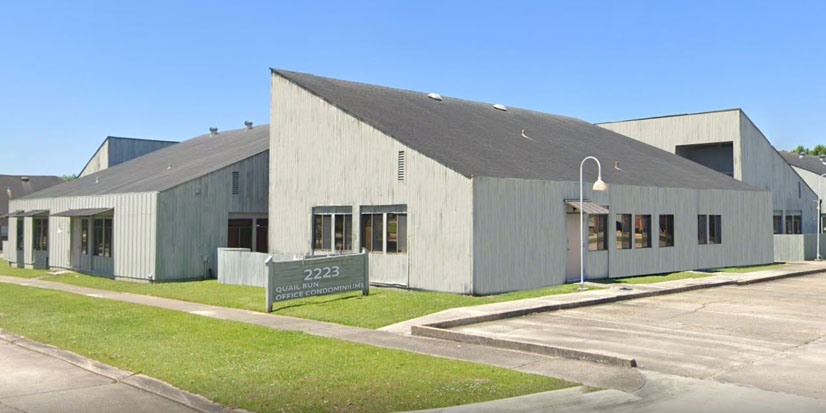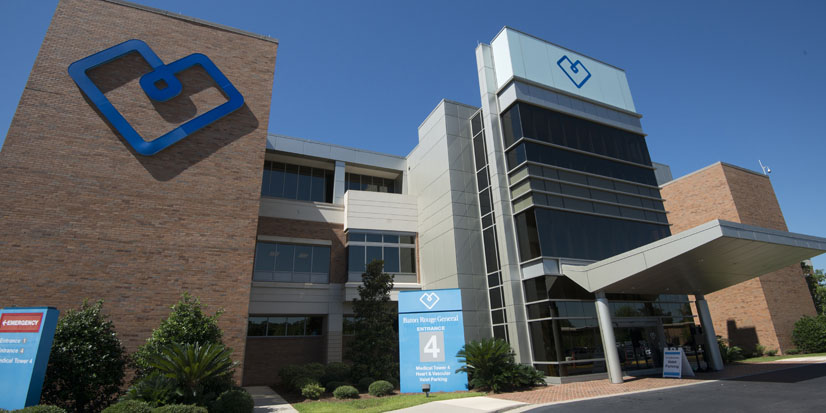Your heart is a muscle and like all muscles, it needs a good supply of blood in order to work properly. It receives blood, as well as oxygen, from the coronary arteries, which run on the surface of the heart. Sometimes these arteries narrow due to a build-up of a fatty substance in the artery walls. A partial blockage can result in symptoms of:
- Chest Pain (Angina)
- Shortness of Breath
- Abnormal Heart Rhythm
- Fatigue
- Palpitations
If you have these symptoms, you may be a candidate for surgery to reestablish normal blood supply to your heart.
Coronary Artery Bypass Surgery is a procedure in which the arteries are bypassed using the internal mammary artery from your chest wall, the radial artery from your arm, or the saphenous vein from your leg. The grafts are sewn on to the heart and then to the aorta for inflow.
What happens during coronary artery bypass surgery?
You will have general anesthesia for the surgery.
The first step in the surgery is for the surgeon to prepare the arteries or remove the veins that will be used as bypass grafts.
Next, the surgeon makes an incision down the center of your chest, through your sternum (breast bone), so your heart and coronary arteries can be seen. Your heart will likely be stopped for a short time so the surgeon can perform the bypass procedure on a “still” heart. During this time, the heart-lung bypass machine takes over for the heart and lungs, so blood keeps moving throughout the rest of the body. This is called “on-pump” surgery. The pump is turned off after the grafts are in place. Your heart beat and blood flow return to normal.
The surgery can sometimes be done without using the heart-lung machine, while your heart is still beating. This is called “off-pump” or “beating heart” surgery.
The bypass grafts are put in place by sewing one section of the artery or vein around a tiny opening just below the blockage in the diseased coronary artery and attaching the other end to a tiny opening made in the aorta. This redirects the blood flow around the blockage. If an internal thoracic (mammary) artery is used, one end is connected to the coronary artery while the other stays attached to the aorta.
During the surgery, your surgeon will place temporary pacing wires and a chest tube before your sternum is closed with special wires. Your chest incision will be closed with internal stitches or traditional external stitches. The chest tube is needed to drain fluid. The pacing wires are placed in case you have an abnormal heart rhythm after surgery. This is common, and if it happens, the wires are attached to a temporary pacemaker until your heart rhythm returns to normal. The surgery generally lasts 3 to 5 hours, depending on the number of arteries that are being bypassed.
After Coronary Artery Bypass Surgery
You will start your recovery in an intensive care unit (ICU). You will stay in the ICU for 1-2 days so your healthcare team can closely keep track of your condition and vital signs. You will continue your recovery in a step-down unit. Most patients stay in the step-down unit for 3-5 days.
How will I feel after surgery?
It will take about two months to recover from surgery. In the beginning, you may feel worse than you did before surgery. This is normal and is usually related to the trauma of surgery, not how well your heart is working. The way you feel after surgery depends on your overall health, the outcome of the surgery, how well you take care of yourself after surgery, and how well you felt before surgery. Most patients feel better after they recover. Call your doctor if you are concerned about your symptoms or speed of your recovery.
Risks of coronary artery bypass surgery
As with any surgery, there are risks involved. Your surgical risks are related to your age, other medical conditions you have, and the number of procedures you have during a single operation. Your surgeon will talk with you about these risks before surgery; please ask questions to make sure you understand why the procedure is recommended and what all of the potential risks are.
Activity During Recovery from Bypass Surgery
Your doctor will give you specific guidelines for your recovery and return to work, including information about activity and your general health. Most patients are able to drive in about 3 to 8 weeks after surgery.
It is very important to enroll in a Cardiac Rehabilitation program. You will begin working with a cardiac rehabilitation specialist while you are in the hospital, and you should continue your rehab after you go home. Cardiac rehab includes exercise, education about your risk factors and lifestyle, and peer support. The program will help you recover safely, enjoyably and provide long-term benefits, like reducing your risk of future heart problems.
Become a Patient
Call (225) 763-4457 to speak to our heart navigator.









